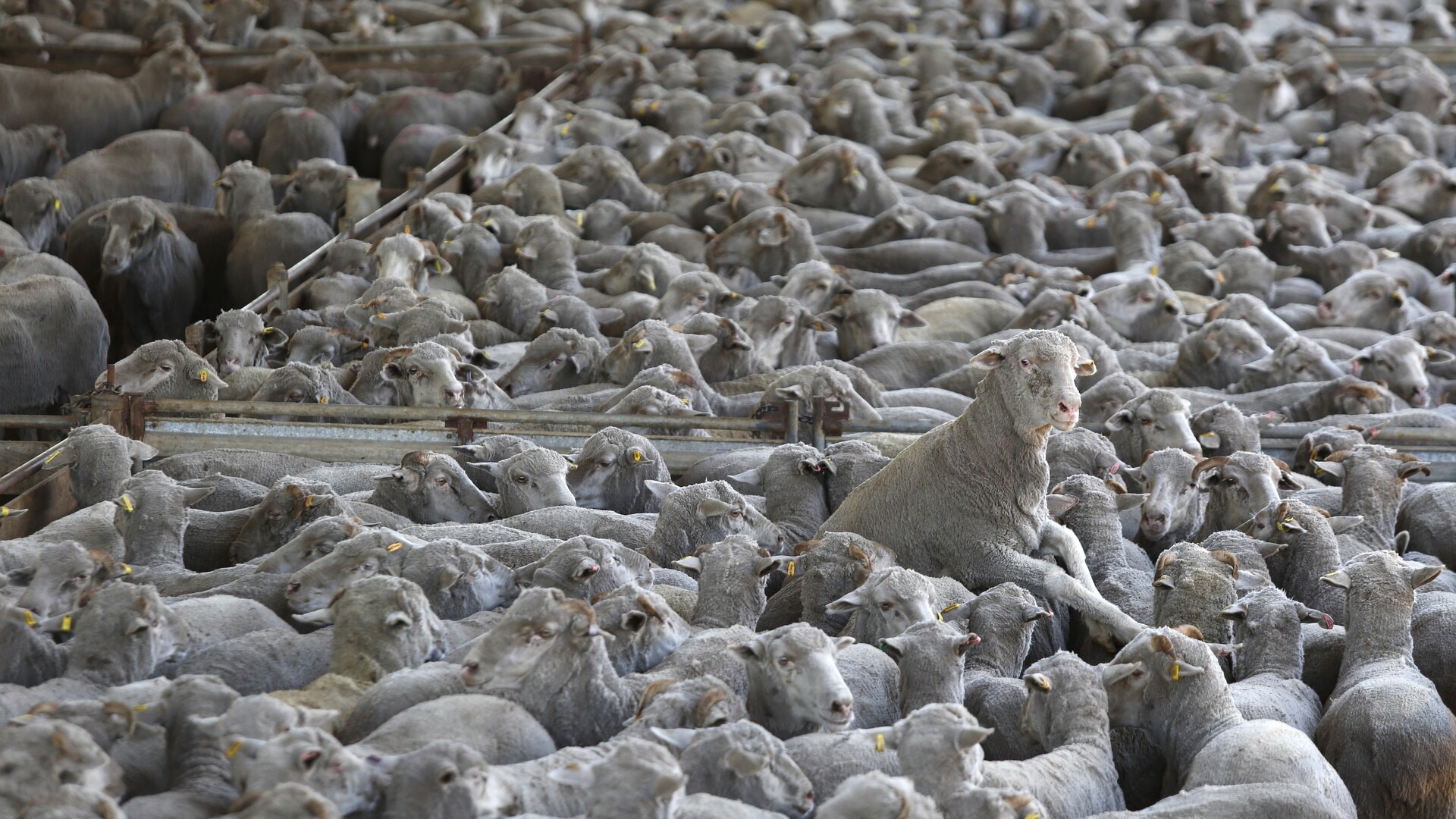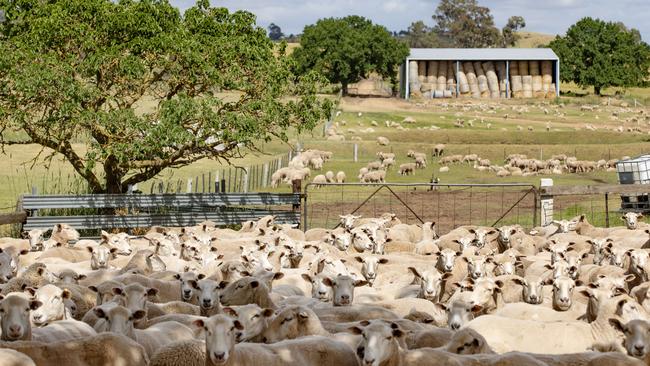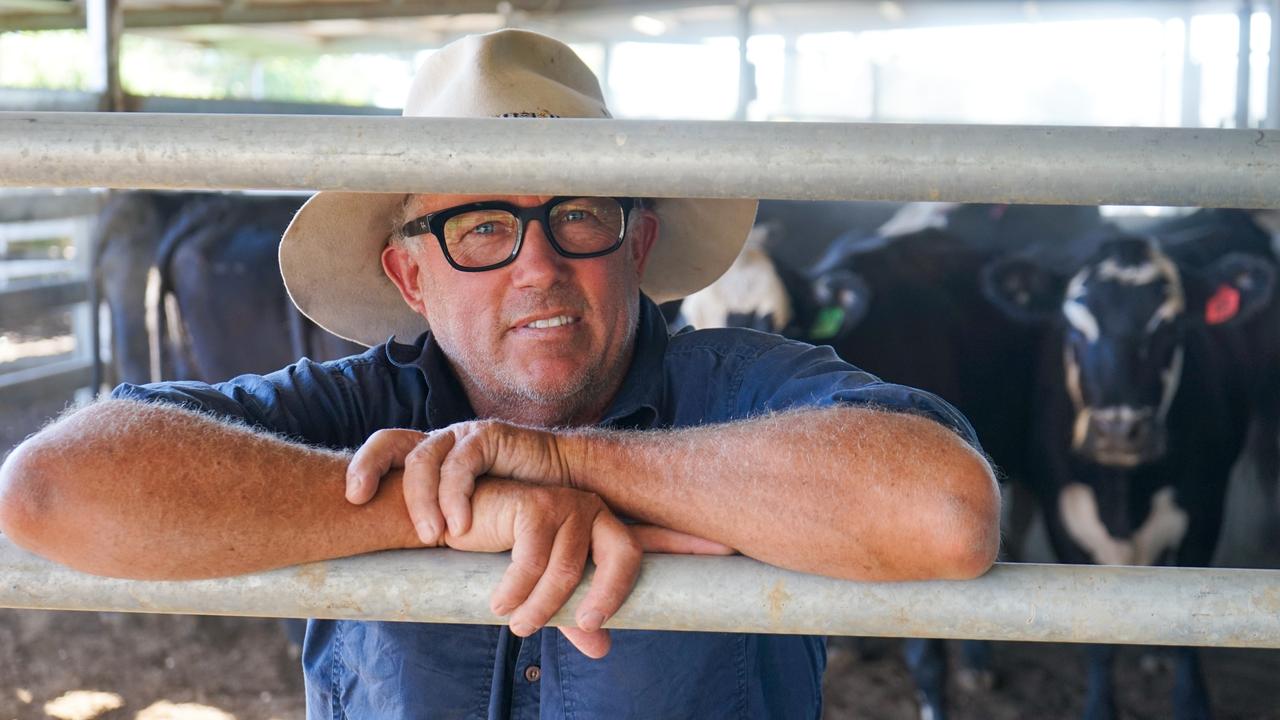Breeder ewe flock could be lower than analysts think
Official sheep flock numbers could be wrong and the fallout means breeder prices may break a previous high of $500.

Prices for replacement ewes could once again top the magical $500-a-head mark, with values expected to remain elevated as the nation’s sheep flock falls to levels not seen for decades.
Respected industry consultant Jason Trompf said a combination of the looming live sheep export ban in Western Australia and drought conditions in South Australia was restricting supply, with a lack of accurate data potentially obscuring the true extent of the flock’s decline.
Mr Trompf said he was “really worried about the critical mass of the national ewe flock and how low it could be”.
Historically, producers in the eastern states have sourced replacement ewes from Western Australia and South Australia.
But Mr Trompf warned that ongoing dry conditions and uncertainty surrounding the future of the live export trade were undermining these traditional supply channels — likely pushing prices even higher.
“I think buy-in prices for ewes will be really high, and they will stay really high for longer than last time,” Mr Trompf said.
The previous record for Merino ewes was set in spring 2021, where they reached $512 a head at Hay in NSW.
“Over $500 is megabucks but when grass fever hits in springtime over the next year or two, and the realisation of ewe shortages hits home, quality lines of ewes will be making $400-$500 but the question is, where will they come from?
Mr Trompf said another factor that could drive prices was concerns about the true size of the national sheep flock.
Meat and Livestock Australia’s sheep producer sentiment survey estimated the ewe flock at 37,348,841 as of September last year. But this figure is derived from survey responses of 2549 producers and then, according to the report’s authors “weighted using the latest available information and data to produce industry estimates”.
The most recent flock estimate from the Australian Bureau of Statistics is several years old, last completed in 2021.

Mr Trompf said ewe numbers could be falsely inflated, and attractive lamb prices could have seen some producers chose to finish ewe lambs for meat rather than retain for breeding purposes.
“There is no way of knowing if the increased lamb kills include more females, because this is not tracked (kill figures not broken down into male and female),” Mr Trompf said.
“But that 20 per cent lift in lambs killed since spring could have been boosted by ewe lambs that were going to be breeders but instead were sold for meat.”

Elders Hay manager Andrew Low said ewe prices in spring would be higher than last year, but how high would be deterimed by the season in Victoria and South Australia.
“Young ewes will make more than last year, but whether they make $400-$500 is yet to be seen,” Mr Low said.
“We do know there have been a lot of young ewes that have gone to the trade (processors).”
NSW Department of Primary Industries senior research scientist Dr Gordon Refshauge said a national pregnancy scanning database could be developed that could give real time feedback on the state of the national flock.
But Dr Refshauge said there was “close to zero appetite” to establish this despite existing technology which could facilitate it.
“Industry needs to put money into it because industry is the one which would benefit,” he said.
“Government might support it as there is value in it for producers.”
Dr Refshauge said no one had compiled the national scanning information which could give better feedback on what was happening in the sheep flock.
“It’s real world information so it has high value,” he said.




